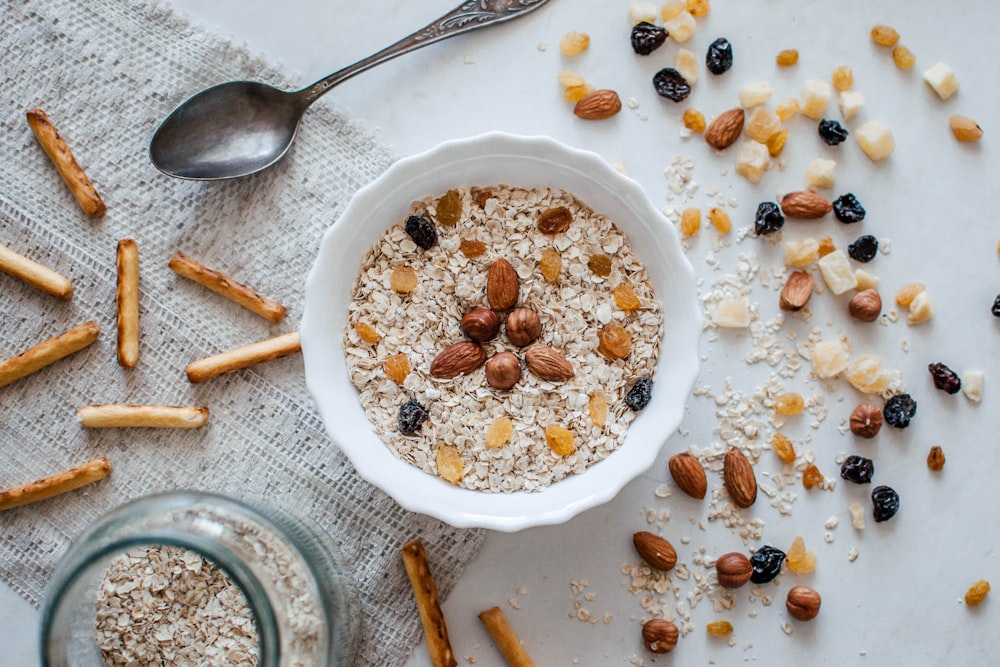Oats: Overlooked Planting, New Applications Rule The Game
Photo by Margarita Zueva on Unsplash
This week, prices of all commodities are heavily exposed to the outcome of the two-day FOMC meeting, which may or may not strengthen expectations of a further slowdown of interest rate hikes. If proven so, USD may further retreat, giving way to an appreciation of wide arrays of commodities. However, we see some added value exactly in the developing oats futures story, and here’s why.
Oats are one of the few grain commodities remaining under tight-end stocks in the U.S. One recent USDA report showed that oat ending stock for the 2022/23 crop season was at 30 million bushels, down from 31 million last year and 38 million in 2020/21. The U.S. oat acreage in 2022/23 was 2.6 million acres. This is the same crop year as 2021/22 and down from 3,000,000 acres in 2020/21. It is fascinating to see where oats are grown in the U.S.
Demand for oats outpaced production last year after major North American oat-growing regions suffered both underplanting and a severe drought, which led to depleted supplies that couldn’t keep up with demand ever since. Meanwhile, commercial milling oat use relative to total oat supply had been steadily climbing, going from 6% in 1994-95 to 27% in 2020-21, and is still increasing. So the rough oat is increasingly in deficiency.
Farmers in the Northern U.S. States where oats are preemptively planted are accustomed to planting this type of grain in May. It should be noted, that to alleviate the tight-end stock situation, there are many grain crops that will require ramp-up production in 2023. One of the reasons is to offset known geopolitical fallout. One of them is exactly oat futures that should keep rising to encourage the relevant U.S. to weaken their traditional focus on soybeans, corn, and wheat, and start planting more oats.
Interestingly, demand for oats is gaining momentum also because oat milk becomes more and more popular among consumers who are looking for a milk alternative, and it is a popular choice in coffee beverages, so you can see more varieties and an abundance of oat milk packs (at expense of soya milk packs, because the latter has arguably less pleasant taste) in retail stores. For some, oat milk appears more environmentally friendly than other milk alternatives.
Summary:
So far, there is no definite news that farmers acknowledged the situation with the narrowing oats supply and will be ready to use redundant acreage for planting oats more robustly. We need to carefully monitor the planting mix picture in order to say whether the upcoming Fall of 2023 will see a more acute shortage of oats supply. Let’s stay tuned for the corresponding future updates!
More By This Author:
Wheat Prices: Too Many Upward Price Pressure Factors
Dalian: A Battlefield In The Commodities Market Between China And USA




